After checking in and freshening up at Hotel Garni Evido Salzburg City Center, we all met up at the lobby to begin our exploration of the city, starting with the nearby Mirabell Palace and Gardens, a listed cultural heritage monument and part of the Historic Centre of the City of Salzburg UNESCO World Heritage Site. One of the most beautiful Baroque gardens in Europe, it was built along a north-south axis and oriented towards the Hohensalzburg Fortress and the Salzburger Dom cathedral.
The palace, outside the medieval walls of Salzburg, was built about 1606 according to Italian and French models, at the behest of Prince-Archbishop Wolf Dietrich von Raitenau as a residence for his mistress Salome Alt. From their union, 15 children were born, 10 of whom survived. When von Raitenau was deposed and arrested in 1612, Salome and her family were expelled. After Wolf Dietrich’s death, the palace was renamed “Mirabell” (from the Italian word mirabile, bella meaning “amazing” or “wonderful”) by his successor, Markus Sittich von Hohenems.
Prince-Archbishop Franz Anton von Harrach had Mirabell Palace redesigned, according to plans designed by the famous architect Johann Lukas von Hildebrandt, in a lavish Baroque style from 1721 to 1727, integrating the individual buildings into a self-contained complex. On June 1, 1815 the later King Otto of Greece was born here, while his father, the Wittelsbach crown prince Ludwig I of Bavaria served as stadtholder in the former Electorate of Salzburg.
On April 30, 1818, the palace was damaged by the great fire that swept through the city. A number of frescoes, including those by Johann Michael Rottmayr and Gaetano Fanti, were destroyed by the flames but the masterly grand marble staircase that led into the palace and the marble hall, one of the most precious works of art at Mirabell Palace, survived unscathed.
From about 1818, Mirabell Palace owes its present unassuming Neoclassical appearance to Peter de Nobile, the court’s architectural consultant and director of the Vienna School of Architecture. The edging of the windows, the capitals and stucco work are details that bear witness to the palace’s former splendor. Charming putti (cherubs) decorate the marble balustrade and the sculptures in the niches, all among the finest products of the European Baroque, are the work of the famous Georg Raphael Donner.
On June 3, 1944 Gretl Braun, the sister of Eva Braun (later to marry Adolf Hitler), married SS-Gruppenführer Hermann Fegelein, Reichsführer-SS Heinrich Himmler‘s liaison officer on Hitler’s staff, at the Mirabell Palace, with Hitler, Himmler and Martin Bormann as witnesses. Eva made all the wedding arrangements.
Today, Mirabell Palace houses the offices of Salzburg’s mayor and the municipal council (its rooms are not open to the public). The Marble Hall, considered to be one of the most beautiful wedding halls in the world, was formerly the prince-archbishops’ ballroom and a concert venue for Leopold Mozart and his children Wolfgang Amadeus Mozart and Maria Anna “Nannerl” Mozart. Meetings, awards ceremonies and romantic concerts (Salzburg Palace Concerts) are regularly held here. Mirabell Palace is also a popular location for weddings.
The famous, geometrically-arranged Mirabell Gardens was redesigned, under Prince-Archbishop Johann Ernst Graf von Thun, in 1689 based on plans by Johann Bernhard Fischer von Erlach, and completely remodeled around 1730 by Franz Anton Danreiter. Noted for its boxwood layouts, it has mythology-themed statues dating from 1730.
The “Grand Parterre,” the oldest part of the Mirabell Gardens that is still preserved, is embraced by a marble railing decorated with vases by Fischer von Erlach.
In the heart of the garden is a large fountain, with four statue groups sculpted by Italian sculptor Ottavio Mosto from 1690 around it – “The Rape of Prosperina,” “The Rape of Helena by Paris,” “Aeneas and Anchises,” and “Hercules and Antaeus,” symbolizing the 4 elements (fire, air, earth and water).
On the balustrades are statues of Roman gods and goddesses (Ceres, Pomona. Venus, Vesta, Juno and Chronos, Bacchus, Jupiter, Mars, Hercules, Vulcan, Hermes and Apollo) made by B. van Opstal in 1689.
The Heckentheater (Hedge Theater), a hedge maze located in the main part of the Mirabell Gardens, was created between 1704 and 1718 and is one of the oldest hedge theaters north of the Alps. The Heckentheater is still used for performances in the summer, including concerts of the Salzburg Festival.
The Zwergerlgarten (Dwarf Garden) features a number of misshapen creatures, made of white Untersberg marble, dating back to the time of Archbishop Franz Anton Harrach. In 1854, the gardens were opened to the public by Emperor Franz Joseph I.
The “Small Parterre,” the part of the Mirabell Gardens just along the backside of the Mirabell Palace, is directly attached to the Grand Parterre. At its core is the Pegasus Fountain with a copper statue of Pegasus made in 1661 by Kaspar Gras from Innsbruck for the well on the Kapitelplatz near the Salzburger Dom cathedral.
There it stayed until 1690. After that time, it was used for the well on the Mirabellplatz Square until the great fire of 1818, and finally transferred to its current location in 1913. From Rosenhügel ( “Rose Hill”), we had a beautiful view all over the Small Parterre towards Salzburger Dom and Hohensalzburg Fortress.
Several scenes from the 1965 movie The Sound of Music were recorded here. Maria (Julie Andrews) and the von Trapp children (Charmian Carr as Liesl, Nicholas Hammond as Friedrich, Heather Menzies as Louisa, Duane Chase as Kurt, Angela Cartwright as Brigitta, Debbie Turner as Marta and Kym Karath as Gretl) sing ‘Do-Re-Mi‘ while dancing around the Pegasus Fountain and using the steps as a musical scale.
Mirabell Palace and Gardens: Mirabellplatz 4, 5020 Salzburg, Austria. Tel: +43 662 80720. Open Mondays, Wednesdays and Thurdays, 8 AM – 4 PM; Tuesdays and Fridays, 1 – 4 PM. No visit in case of special occasions. The Mirabell Gardens are open daily from approximately 6 AM to dusk. Admission is free. The Hedge Theater and Dwarf Garden are closed during the winter. The Orangerie is open all year round, 9 AM – 4 PM.

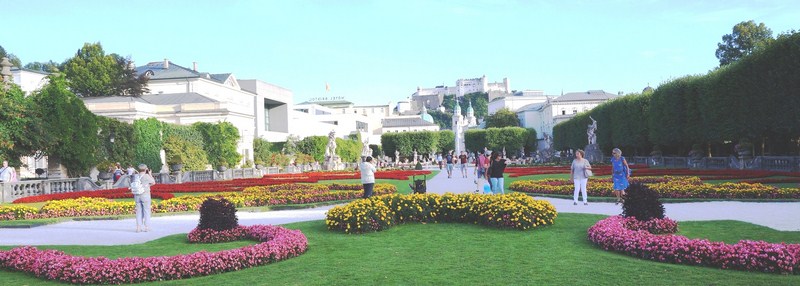
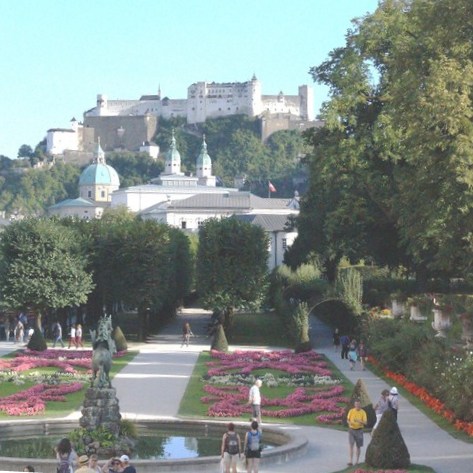
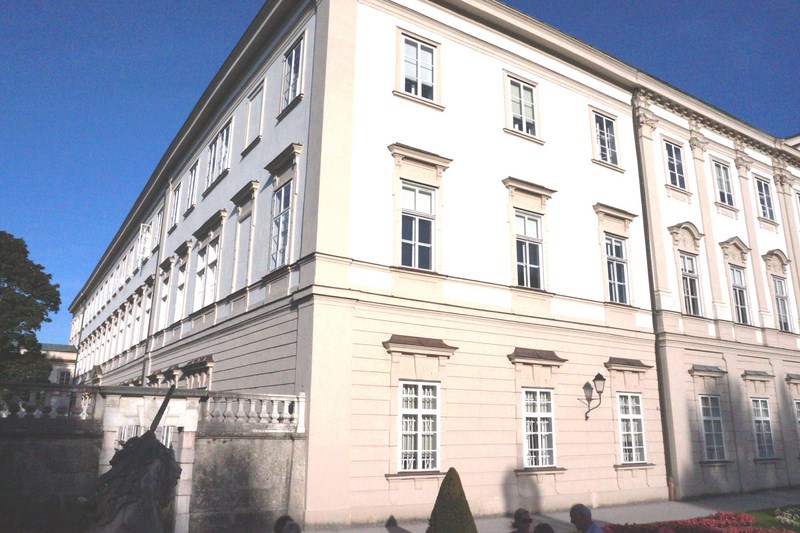
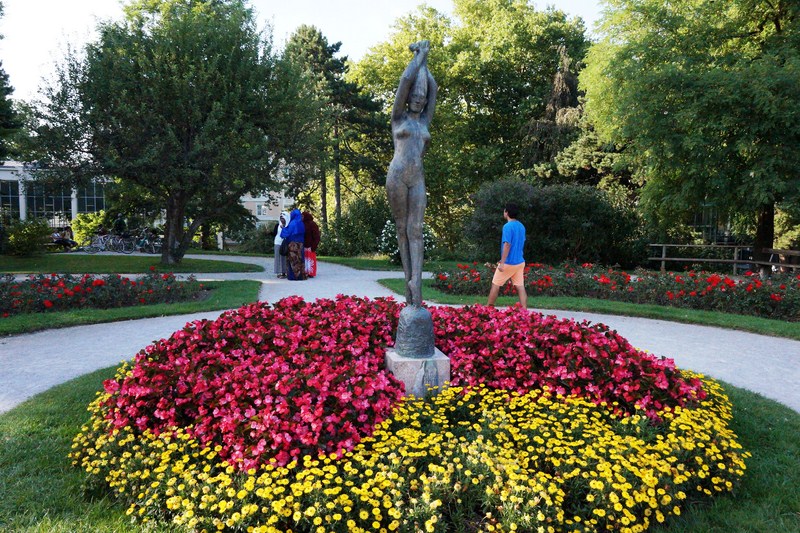
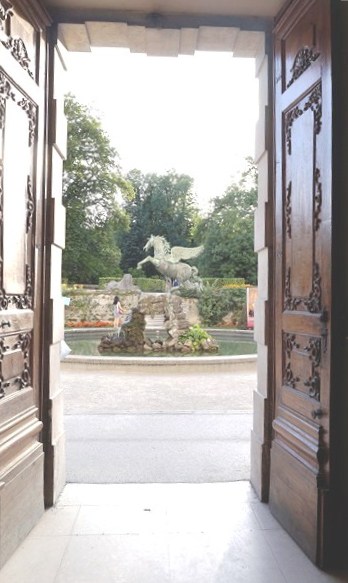
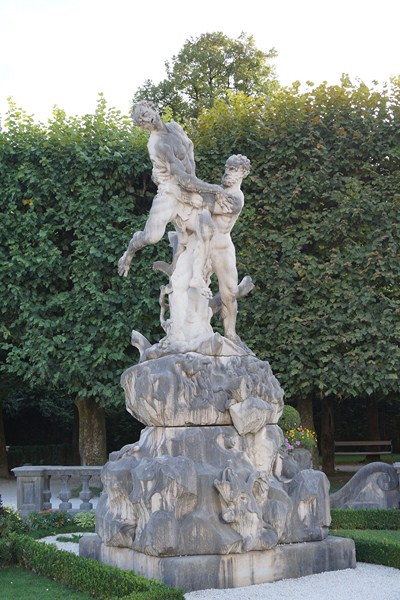
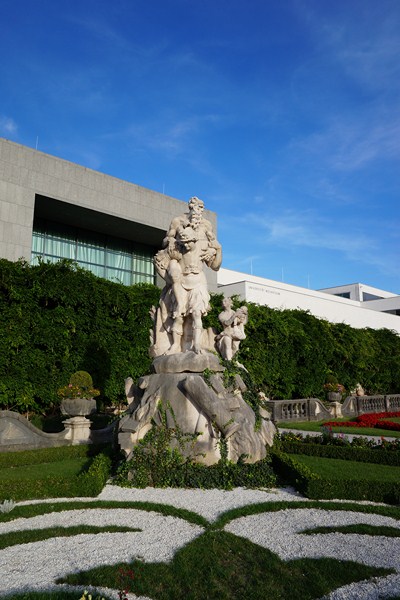
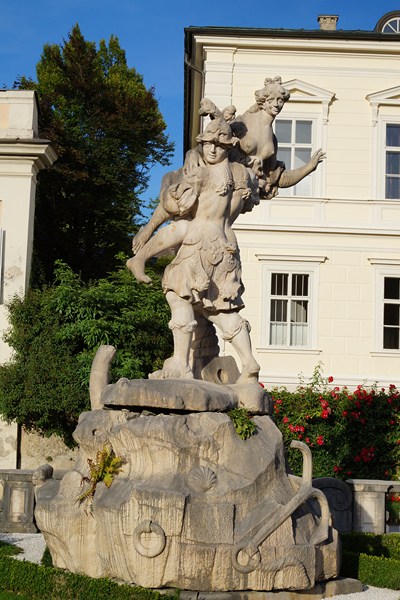
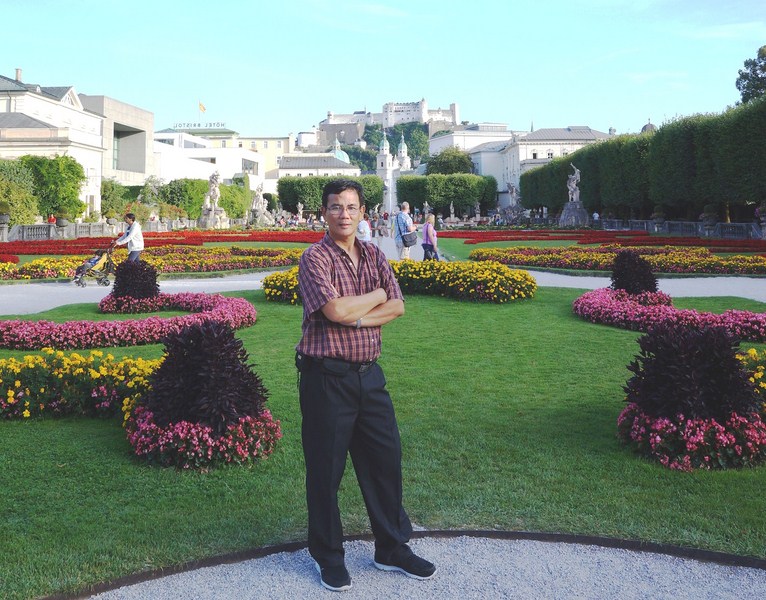
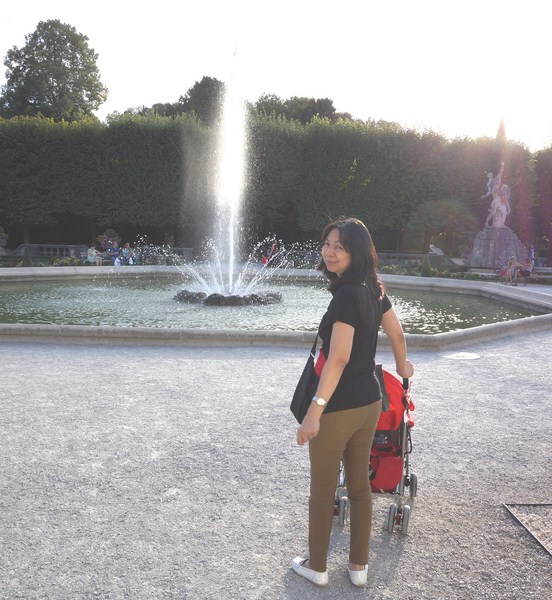
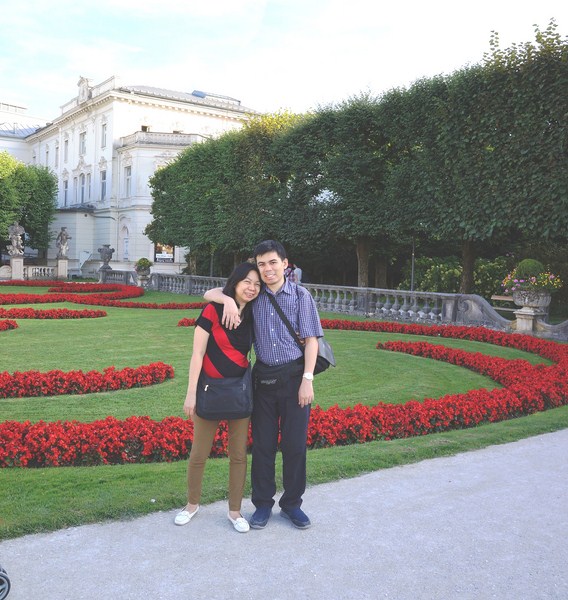
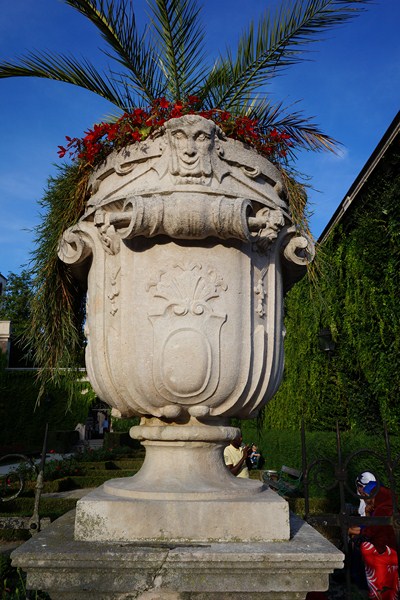
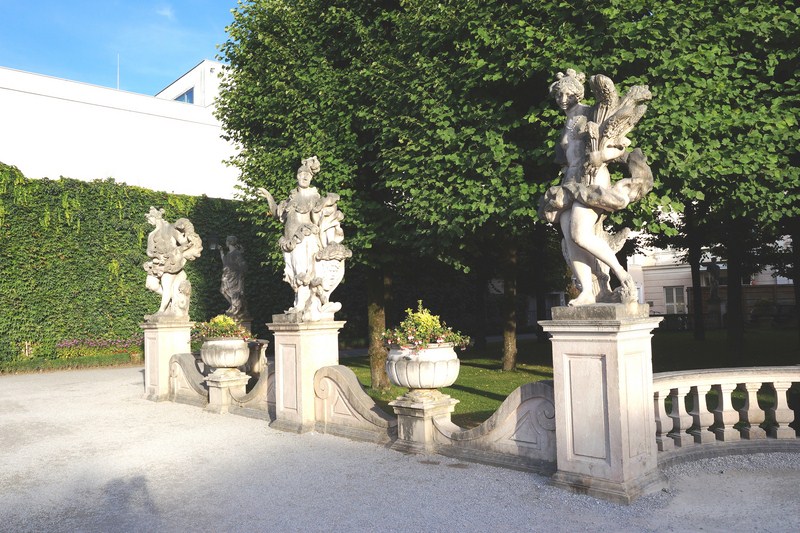

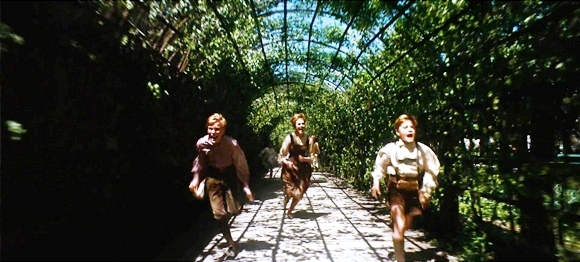
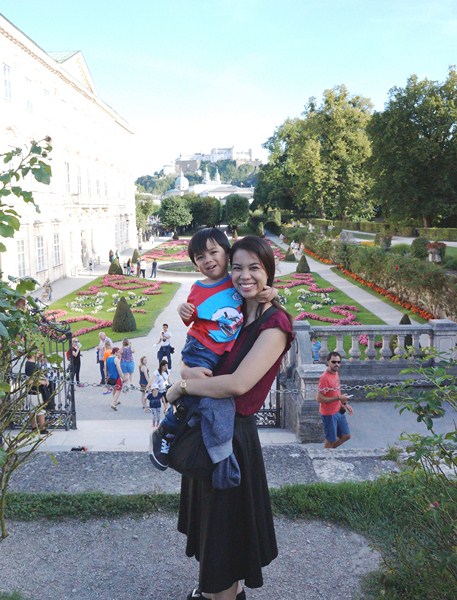
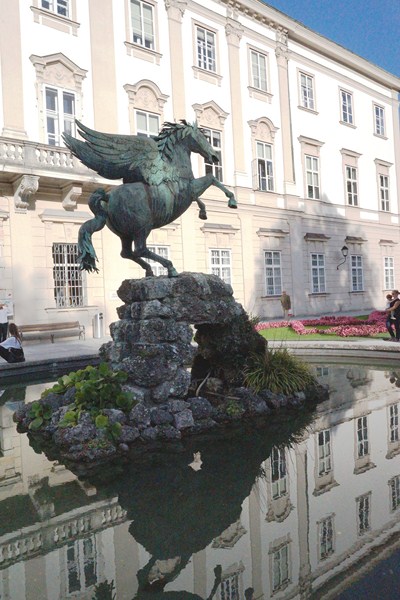
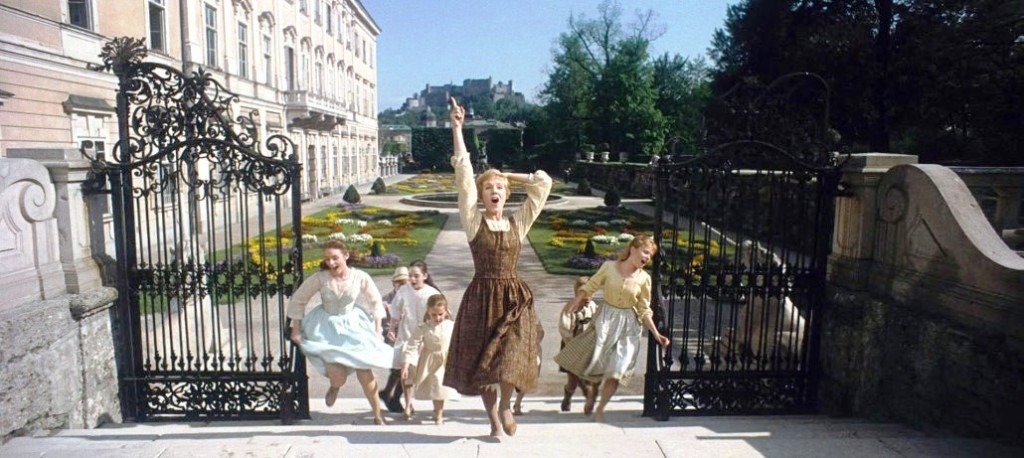
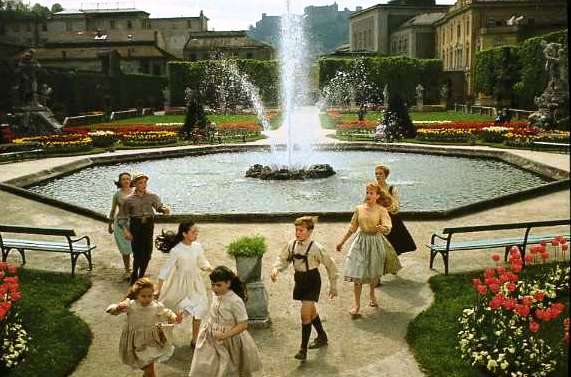
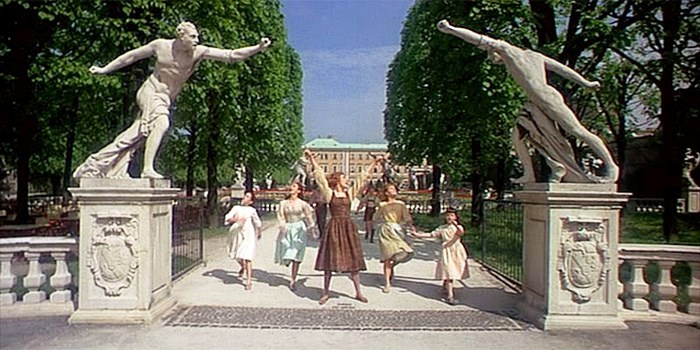
Pingback: Kapitelplatz (Salzburg, Austria) – B.L.A.S.T. – Live Life to the Fullest ……… Don't Stay Put
Pingback: The Original Sound of Music Tour (Salzburg, Austria) – B.L.A.S.T. – Live Life to the Fullest ……… Don't Stay Put